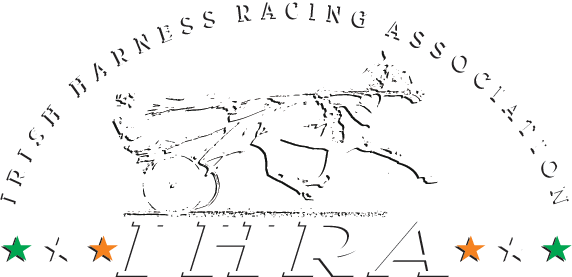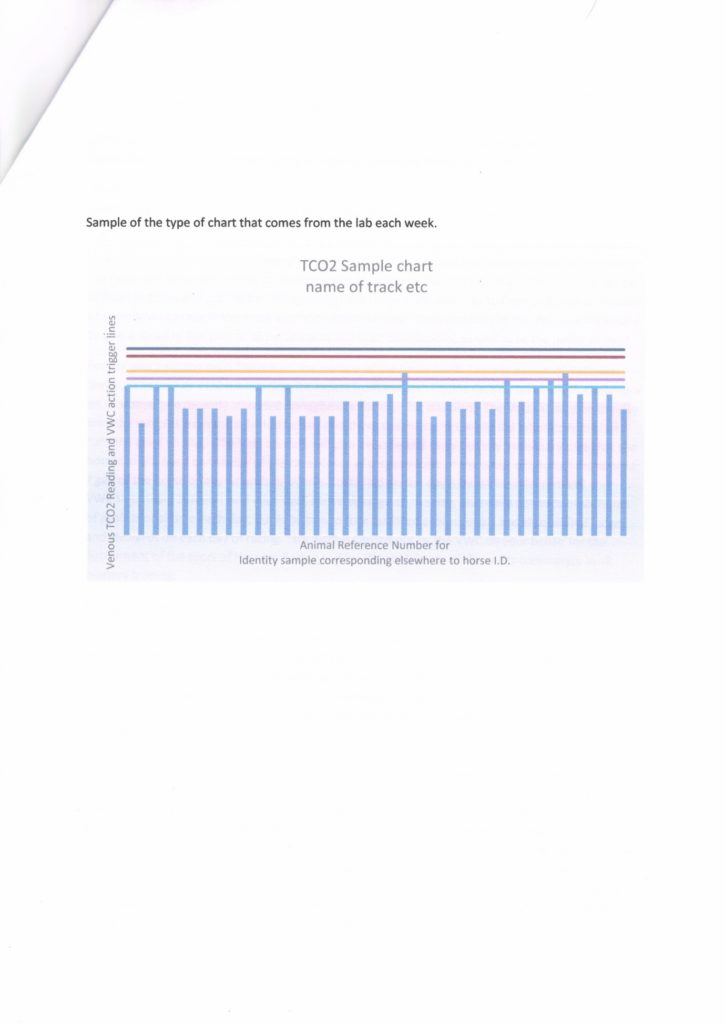2017 Autumn Update Veterinary and Welfare Commission (VWC)
2017 has been a busy season for the VWC and as the Harness Racing season draws to a close, we would like to give you a further report on activities since our Summer update.
The main focus of your integrity body (VWC) has been to regulate the sport in such a way as to instil confidence in all activities around racing and around the welfare of the horse.
With that aim, we have further refined the processes around our sampling, both pre-race and post-race, to ensure all horses are running on their merits. The stewards and judges continue to monitor the races and help participants to remain within the rules of the sport. Control of this aspect can be difficult at times and actions for infringements will range from warnings to fines and even to removal of permission to race in the more extreme circumstances. These activities of the VWC are necessary to give a sense of fair-play to all participants and their connections, as well as to the public at large.
For my own part, my main focus is on the welfare of the horse itself. There has been a team of Veterinary Surgeons as on site at both Dundalk and Portmarnock on given race days together with a Laboratory Science expert from the Irish Equine Centre on certain occasions as may be deemed necessary The Vets on duty on the day take the samples from the selected horses and check the microchip, while the laboratory analyst runs the tests on site. The Vets on duty will also oversee and carry out any Veterinary care that any horses might need on the day of the race. Cases of excessive use of the whip, of unusual movement / gait of the horse or any wounds or injuries sustained on the day may fall into the remit of your VWC Veterinary Surgeon and your VWC steward/judge on the day. There are upwards of six hours of professional time each day, put in by two to four qualified professionals and six qualified judges and stewards on each day of racing. This work is carried out by the VWC on your behalf for the betterment of the sport of Harness Racing and for the confidence of the wider community in all matters trotting.
At a more specific level…….;
There is a huge body of work ongoing at present in our blood-gas pilot scheme of analysis and monitoring of TCO2, PCO2 and HCO3 blood levels pre race. To say that the results are interesting would be an understatement. It has taken us a few weeks before our Dundalk launch to become familiar with the new testing equipment and following our launch at Dundalk we are confident that any use of alkalising agents in our trotting horses was dealt a serious blow. The TCO2 testing is continuing all season since its launch and we are putting together a steady picture of blood levels and areas of interest as the season rolls out. We will continue with our current system of random and of focused selection of testing and we have refrained from bringing excessive force to bear on unusual results in this pilot scheme. We have undertaken to point out wide anomalies to any relevant persons where erratic results are noted and next year when the confirmatory regime is in place we will bring a stricter adherence to regulated levels to bear. This year is heralding our zero tolerance to the use of bicarbonates and next year will see it banished forever to the history books. Bicarbonate use was a worldwide problem in racing horses over the years and is now being sampled and tested for in many countries. I am proud to say that the VWC (integrity arm of the IHRA) is the first regulatory body to launch TCO2 testing in horses in Ireland. Well done to the sport of Harness Racing. You’re the envy of the racing world in this Country.
Each week after testing, the pre-race samples are stored securely at the forensic lab at the Irish Equine Centre and tested at 24, 48, and 72 hours post sampling to evaluate the fall-off in levels over time. This gives us a realistic view on the quality of our sampling and of our dispatching as we are now sending samples to France for confirmatory testing. We have refined the process now and can have the samples at the French lab within 24 hours.
As each week passes, the Irish Equine Centre send the VWC a graph of all the results of all the samples taken and tested that week. The graph will show the codes of the samples and the spread of levels over the different horses over that days racing. The committee of the VWC examine and analyse the results and decide on any actions to be taken from there. A copy of the type of graph that we receive is attached to this report. (please note: this blank graph is for demonstration purposes only and is not a reflection of real-life results)
These graphs give us a week on week comparison of levels and allow the VWC to control any use of alkalising agents in Irish horses.
Our next move is to liaise with France and get confirmatory testing carried out here in Ireland to give an even greater degree of accuracy and urgency to our testing regime. This all costs money and we continue to urge our main board to provide more funds to strengthen our testing systems going forward. We’re here for the long haul looking forward to forging stronger links with integrity bodies worldwide. With that in mind, we had a representative of the VWC, James Levis, present at the recent world trotting conference to sit in on the integrity discussions with all other countries. He reported some interesting discussions and similarities of issues worldwide in the Harness Racing world.
Cobalt Testing;
At the same time as all of the TCO2 and PCO2 testing, we have launched our Cobalt Testing programme in Portmarnock in recent weeks. I can now report that we are currently taking samples to test for cobalt in our horses on race day. The samples are sent to the International Laboratory in France; as cobalt testing in Ireland is only carried out on a limited scale.
The France Laboratory has invited a delegation to Paris to meet them in relation to the ongoing developments with these matters in Ireland. Professor Tom Buckley and Dr Aisling Tracey from the Irish Equine Centre together with the VWC Chairman Peadar Ó Scanaill, are due to travel to Paris in the coming days.
The last comment on Cobalt in this Autumn Update of the VWC is that cobalt is now in the cross-wires of this integrity body. It would be my strongest recommendation to anyone in the harness racing world in Ireland that is of a mind to use cobalt in their horses, to refrain from such a move immediately. We have already started our cobalt-testing programme and penalties will ensue where infringements of the rules are noted. Again a first for Harness Racing.
Post-Race regulatory testing;
While all this TCO2, PCO2 and now cobalt testing is underway, we are still continuing with our post race regulatory testing as per normal.
I am very grateful as always, for all the assistance I get from the team of Vets in place at Portmarnock.
Ms. SaraJane Walsh. DVM.
Ms. Derbhla Quinn. DVM.
Ms. Sheena Casey. MVB
Ms. Ilaria Garcia DVM.
We must extend a special word of praise for our Laboratory Analyst Dr. Aisling Tracey of the Irish Equine Centre who has put stalwart work into our pre and post race sampling and has really come behind this TCO2 and cobalt project for the VWC.
Aisling and her boss Professor Tom Buckley, Head of Department, Irish Equine Centre are the true workers behind the scenes with all these testing projects.
I also thank our committee members of the VWC who meet up at regular intervals and decide on each move as the season moves on. The committee includes two IHRA Board nominees and an IHRA Senior Steward who themselves have no vested interest financial or otherwise in ownership, training or driving of standardbred horses. They are aided and balanced by four independent members who are from outside the sport (to always give a majority of at least one extra independent member).
And to You as a participant reading this update; You must always keep in mind that the VWC is completely independent in its decisions from the main body of the IHRA. That independence from the IHRA is kingpin to our existence and is the cornerstone of our Memorandum of Understanding with the IHRA.
The VWC works first and foremost for the Horse; we also work for you the spectator and also the participant; and we at all times keep the interests of the wider community foremost in our minds as we carry out our duties for the betterment of the sport of Harness Racing in Ireland.
Go dtí an chéad uair eile,
Peadar Ó Scanaill MVB, Chairman VWC Autumn 2017 Update.


